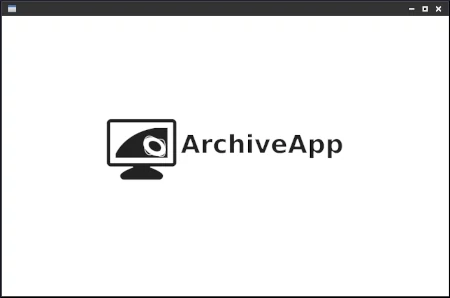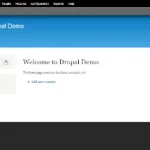Web site: www.microsoft.com/en-us/microsoft-365/sharepoint/collaboration
Category: Network
Subcategory: Content Management System
Platform: Windows
License: Proprietary
Interface: Web-interface
Wikipedia: SharePoint
First release: March 28, 2001
SharePoint – a Microsoft’s groupware platform in the form of a web application. It is designed for complex web applications and supports various combinations of managing, publishing and manipulating information between users in the corporate network.
SharePoint is a multi-tasking platform that allows you to manage and secure websites and various types of files and documents imported between the server and the client. Additionally, it enables cooperation and integration between network servers and the data repositories contained in them. In addition to the above, Microsoft SharePoint can act as a development platform through which webmasters can expand their applications.
Microsoft provides the SharePoint Foundation version for free, but “premium” versions with additional functions are available for a fee. SharePoint is also delivered as a cloud service.
Due to the huge range of functionalities offered to customers by the SharePoint platform, Microsoft has created the concept of the so-called “SharePoint Circles”. This circle visually shows the clients of this platform the 6 main functions provided by the environment:
– Sites – SharePoint fundamentally allows you to secure websites (public/private) without the need to have specialist knowledge on the subject. SharePoint is designed to be a central place from which Microsoft SharePoint users can manage their sites.
– Communities – SharePoint aims to support communication between various organizations such as: project teams, customer groups or groups separated on the basis of geographical location.
– Content – SharePoint provides a local place where Microsoft SharePoint clients can add various types of files, documents, or more generally, various information that Microsoft SharePoint clients want to place on the server(s). These can be modified using a web browser or other desktop applications or applications dedicated to mobile devices.
– Search – SharePoint provides a number of search options, such as: searching among local documents, among external repositories (published by network servers) or specific user profiles.
– Insights – information from different parts of the organization can be made visible within different usability contexts, allowing for increased efficiency.
– Composites – SharePoint provides a platform based on ASP.NET 3.5, providing solutions to business problems using SharePoint Designer, which allows you to modify page content on a WYSIWYG basis. Additionally, you can edit content at the code level using Microsoft Visual Studio.





